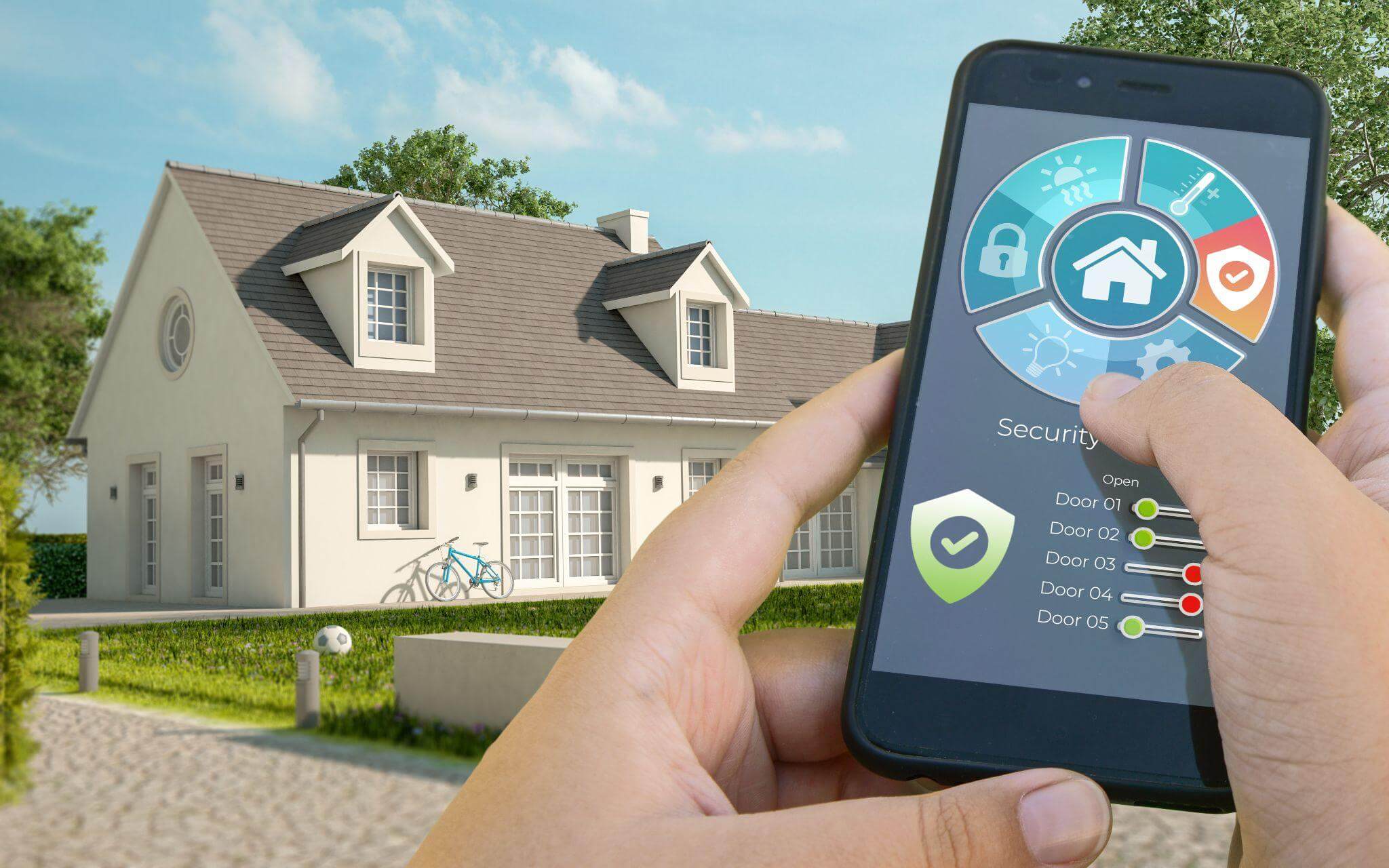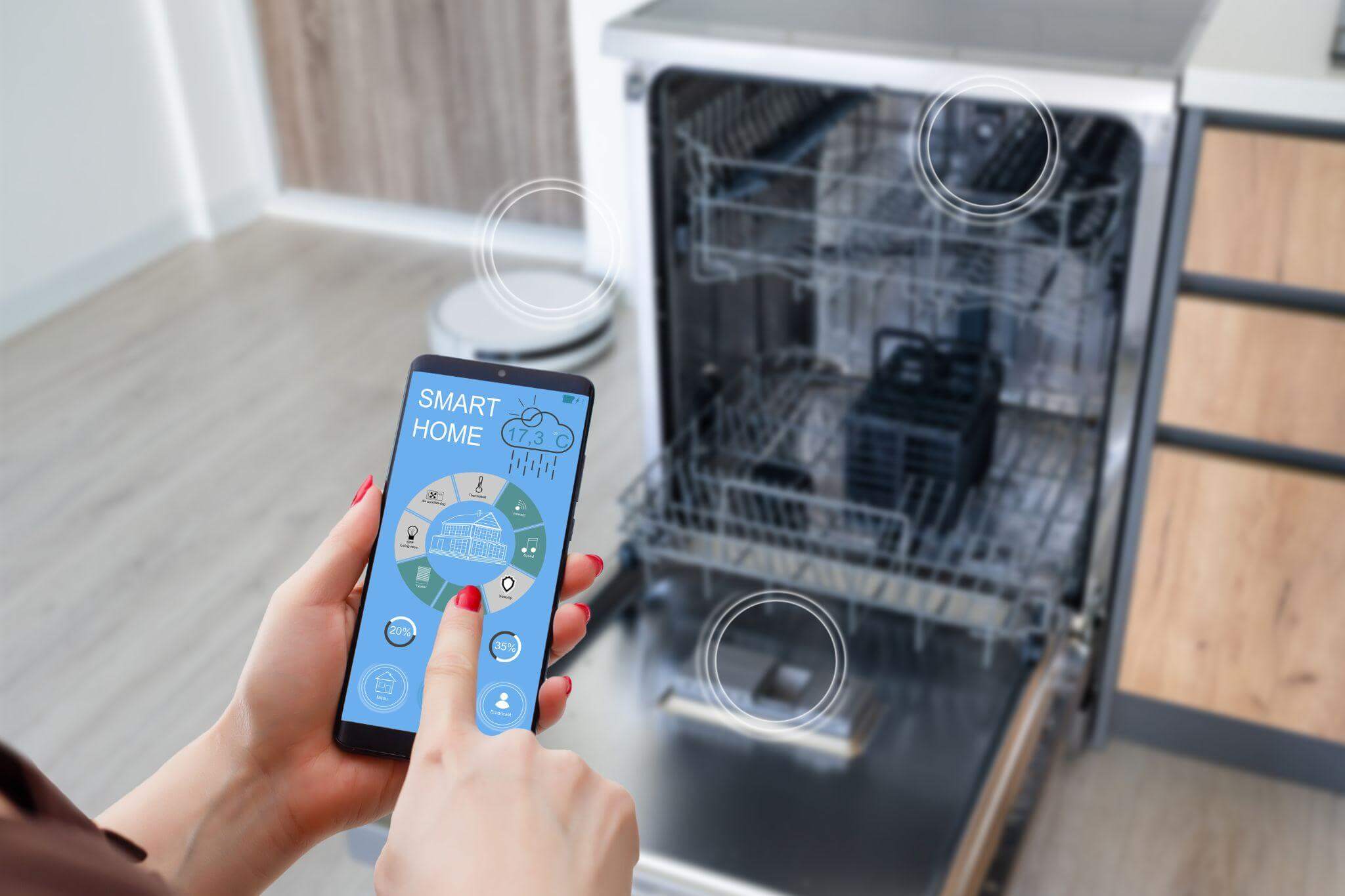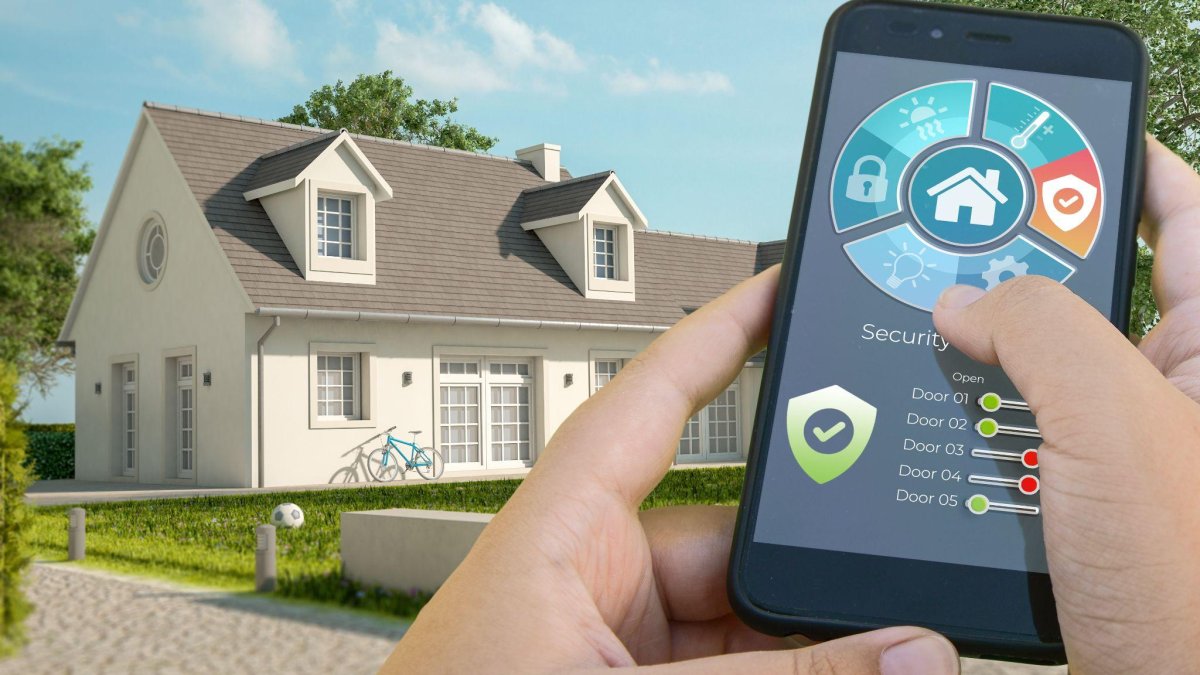
The advent of the digital era has paved the way for the concept of smart homes, transforming the way we live, work, and interact with our surroundings. As a result, homeowners are increasingly exploring smart home remodelling options to make their homes more efficient, secure, and, most importantly, future-ready. In this comprehensive guide, we delve into the specifics of smart home remodelling, offering insightful data, statistics, and unique perspectives that shed light on the topic.
What is a Smart Home?
A smart home leverages internet-connected devices to enable remote monitoring and management of home appliances and systems. This includes thermostats, lights, security systems, locks, and even kitchen appliances. According to a report by Statista, the global smart home market is projected to reach a value of over $141 billion by 2023. This trend is driven by the desire for convenience, energy efficiency, and security.
Planning Your Smart Home Remodeling
Understand Your Needs
Before embarking on a smart home remodelling project, it’s crucial to understand your needs. Do you want to boost energy efficiency, enhance security, or just want your home to be more comfortable and convenient? Identifying your needs will help determine the right smart devices and systems to incorporate.
Choose Compatible Systems
When selecting smart devices, ensure they are compatible with a common platform (like Google Home, Amazon Alexa, or Apple HomeKit) for seamless operation.
Budgeting
The cost of a smart home remodel can vary significantly based on the extent of the remodel and the devices chosen. According to HomeAdvisor, the average smart home automation installation costs around $1,200, but can range from $600 to $3,500.
Key Components of a Smart Home Remodel
Smart Lighting
Smart lighting systems allow you to control light intensity and colour, and even schedule when lights turn on and off. According to a survey by the American Lighting Association, 31% of homeowners are expected to introduce smart lighting into their homes by 2024, highlighting the growing popularity of this feature.
Smart Thermostats
Smart thermostats like Nest or Ecobee enable homeowners to control their home’s temperature remotely, learn their habits, and adjust settings for optimal energy usage. Statista reports that by 2025, the smart thermostat market is expected to reach $5.9 billion globally.
Smart Security Systems
Smart security systems typically include security cameras, doorbell cameras, smart locks, and alarm systems. A study by SafeWise found that 57% of American smart homeowners say their smart devices make their homes safer.
Smart Home Assistants
Home assistants like Amazon Echo or Google Home can centralize control of all your smart home devices, making it easier to manage your smart home.
Future Trends in Smart Home Technology
AI and Machine Learning
Artificial Intelligence (AI) and Machine Learning are expected to play a significant role in future smart homes, with devices learning from your habits and adjusting automatically to increase convenience and efficiency.
Voice Control
With the improvement in voice recognition technology, it’s anticipated that voice will become the primary interface for controlling smart home devices.
Smart Kitchen Appliances

From smart refrigerators to intelligent ovens, the kitchen isn’t left behind in the smart home revolution. These devices can provide recipe suggestions, automate cooking times, and even order groceries.
Making the Most of Your Smart Home Remodel
Here are some tips to ensure your smart home remodel is successful:
- Work with a reputable contractor experienced in smart home technology.
- Remember, not every device needs to be smart. Choose devices based on your needs and budget.
- Keep in mind that technology changes quickly. Ensure your system can adapt to new technologies or devices as they emerge.
- Consider your home’s network security. Incorporating smart devices increases the potential for cyber threats, so it’s essential to ensure your network is secure.
The Environmental and Economic Impact of Smart Homes
The evolution of smart homes is not only about convenience but also sustainability. According to a report by the American Council for an Energy-Efficient Economy (ACEEE), smart home technologies could cut energy use by nearly 10% if widely adopted in the U.S. This shift not only benefits the environment but also translates to savings on energy bills.
Moreover, smart homes can also contribute to economic growth. By 2030, the smart home device industry could create a cumulative economic impact of $3.3 trillion, according to a study by the Consumer Technology Association (CTA).
Conclusion
Investing in smart home remodelling is an investment in the future. As our homes become more connected, the line between digital and physical spaces blurs, offering a new level of convenience, efficiency, and security. However, homeowners must navigate this transformation carefully, considering their unique needs, budgets, and the rapid evolution of technology. By doing so, they can create a living space that is not only equipped for the present but also ready for the future.
Alex Jordan
Related posts
Stay connected
Today's pick
- The Importance of Professional Handyman Services for Your HomeYour home is your sanctuary, a place of comfort and security, but maintaining it can be a daunting task. From routine maintenance to unexpected repairs, there’s always something that needs attention. While many homeowners might be tempted to tackle these jobs themselves, not all tasks... The post The Importance of Professional Handyman Services for Your […]

